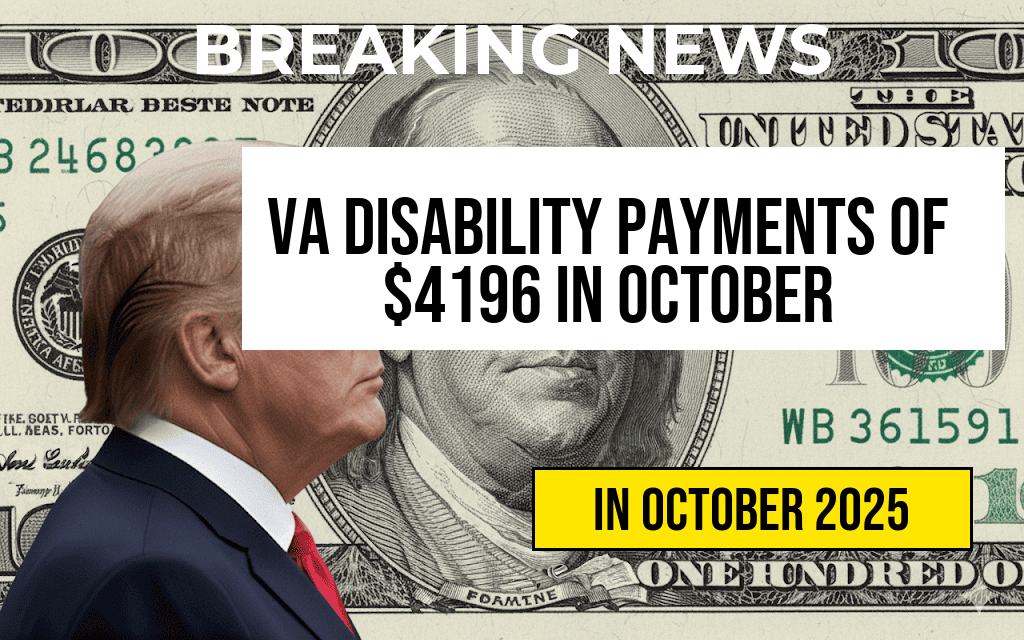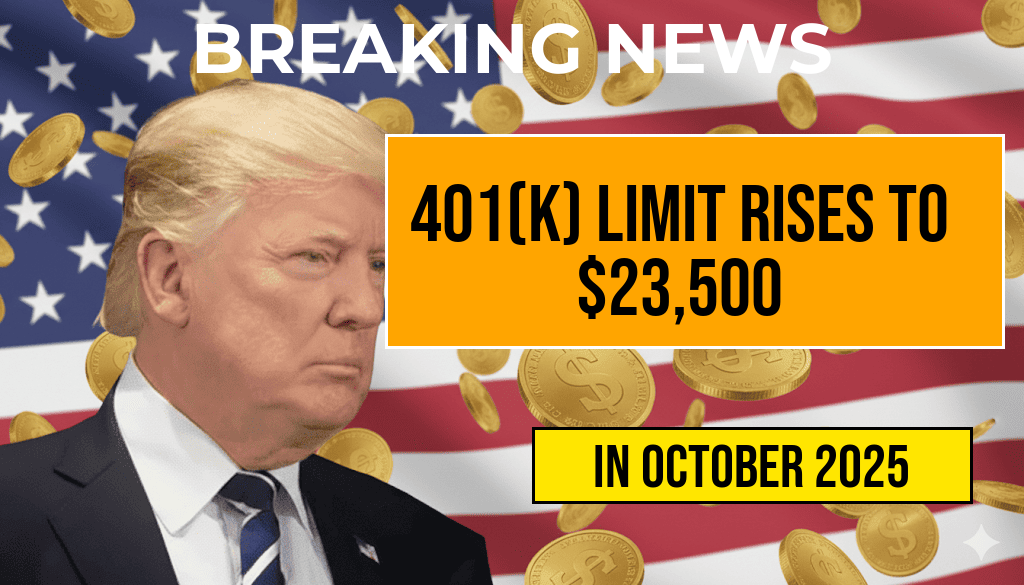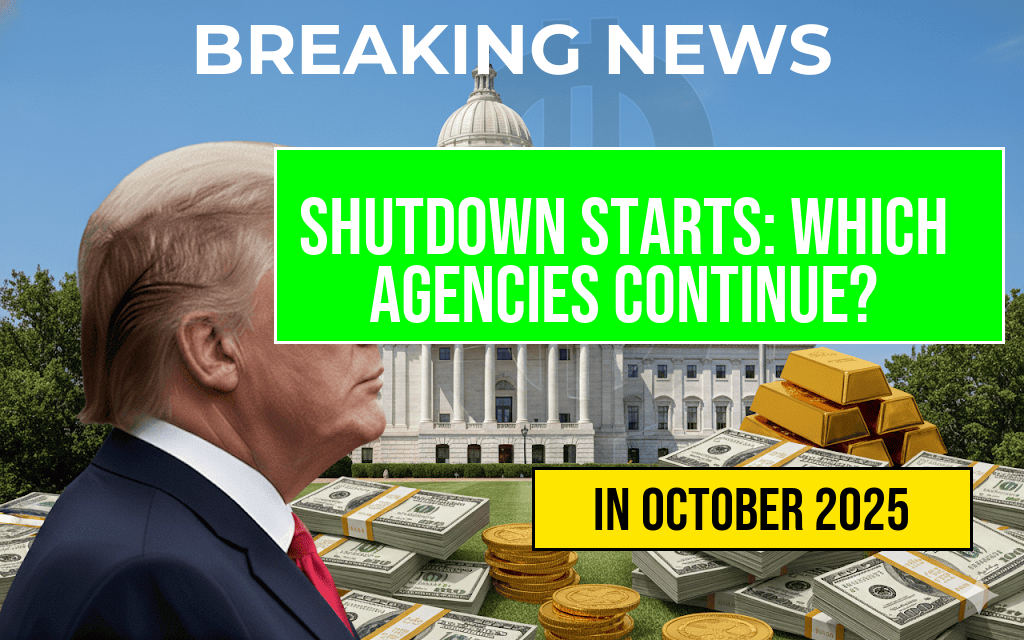The Internal Revenue Service (IRS) has announced an increase in the maximum contribution limit for 401(k) retirement plans for the year 2025, raising the cap to $23,500. This adjustment reflects ongoing efforts to keep retirement savings plans aligned with inflation and economic changes. The new limit allows participants to contribute more towards their retirement each year, providing increased flexibility for workers to boost their savings. The increase marks a significant step in retirement planning, especially as economic factors continue to influence the cost of living and long-term financial security. Employers and employees alike will need to adjust their contributions accordingly, and financial advisors recommend reviewing personal savings strategies to maximize benefits under the new limits.
Details of the 2025 401(k) Contribution Limit
Key Changes from Previous Years
| Year | Maximum Employee Contribution | Additional Catch-Up Contributions (for age 50 and over) |
|---|---|---|
| 2024 | $22,500 | $7,500 |
| 2025 | $23,500 | $7,500 |
The primary contribution limit for individual workers has increased by $1,000 from the previous year, reflecting inflation adjustments that occur annually based on cost-of-living indices. The catch-up contribution for those aged 50 and older remains unchanged at $7,500, allowing older workers to save additional funds for retirement. The total potential contribution for older participants could reach $31,000 in 2025, combining the standard limit with catch-up allowances.
Implications for Employers and Employees
Employers offering 401(k) plans might consider encouraging higher contributions as employees become aware of the increased limits. The rise also provides an opportunity for workers to accelerate their savings, especially in the context of ongoing concerns about retirement adequacy. Financial advisors suggest that individuals review their current contribution levels and adjust them upward where possible, taking advantage of the new maximums to build a more substantial nest egg before retirement.
Background and Context
How Contribution Limits Are Determined
The IRS updates contribution limits annually based on calculations tied to the Consumer Price Index (CPI). These adjustments aim to prevent the limits from eroding due to inflation, thereby maintaining the purchasing power of retirement savings. The process involves reviewing economic data and applying a formula that results in a percentage increase, which then translates into the dollar limits announced each year.
Historical Trends and Future Outlook
The 401(k) contribution limits have experienced steady growth over the past decade, reflecting both inflation and legislative adjustments aimed at encouraging retirement savings. The increase to $23,500 for 2025 continues this trend, providing savers with more room to contribute. Experts expect that future adjustments will continue to factor in inflation, but legislative proposals could also influence limits further. Policymakers and financial institutions remain attentive to economic conditions that might impact retirement planning strategies.
Additional Considerations
Maximizing Retirement Savings
- Utilize catch-up contributions: For workers aged 50 and above, the ability to contribute an extra $7,500 can significantly boost retirement funds.
- Employer matches: Take full advantage of employer matching programs, which often supplement employee contributions and accelerate savings growth.
- Diversify investments: Ensure that contributions are invested across various asset classes to balance risk and growth potential.
Tax Benefits and Planning Strategies
Contributions to traditional 401(k) plans are tax-deferred, lowering current taxable income. Conversely, Roth 401(k)s allow for post-tax contributions with tax-free withdrawals in retirement. Planning around these options can optimize tax outcomes, especially with increased contribution limits. Consulting with a financial advisor can help tailor strategies to individual retirement goals and income levels.
Resources and Further Reading
- Wikipedia: 401(k) Contribution Limits
- Forbes: Retirement Planning and Limits
- IRS Official Site: Retirement Plan Contribution Limits
Frequently Asked Questions
What is the new 2025 401(k) contribution limit?
The 401(k) contribution limit for 2025 has increased to $23,500, allowing participants to contribute more towards their retirement savings.
Who is eligible to take advantage of the increased 401(k) contribution limit?
All eligible 401(k) plan participants can benefit from the increased contribution limit, provided they meet the plan’s eligibility requirements.
Are there catch-up contributions for those over 50 in 2025?
Yes, individuals aged 50 and above can make additional catch-up contributions to their 401(k) plans, which for 2025 remain at $7,500.
How does the increased 401(k) contribution limit affect my retirement savings strategy?
The higher contribution limit allows you to save more each year, potentially increasing your retirement nest egg and providing greater financial security in your retirement years.
When do the new 401(k) contribution limits take effect?
The increased limit of $23,500 applies to the 2025 calendar year, meaning employees can start contributing this amount from January 1, 2025, onwards.










